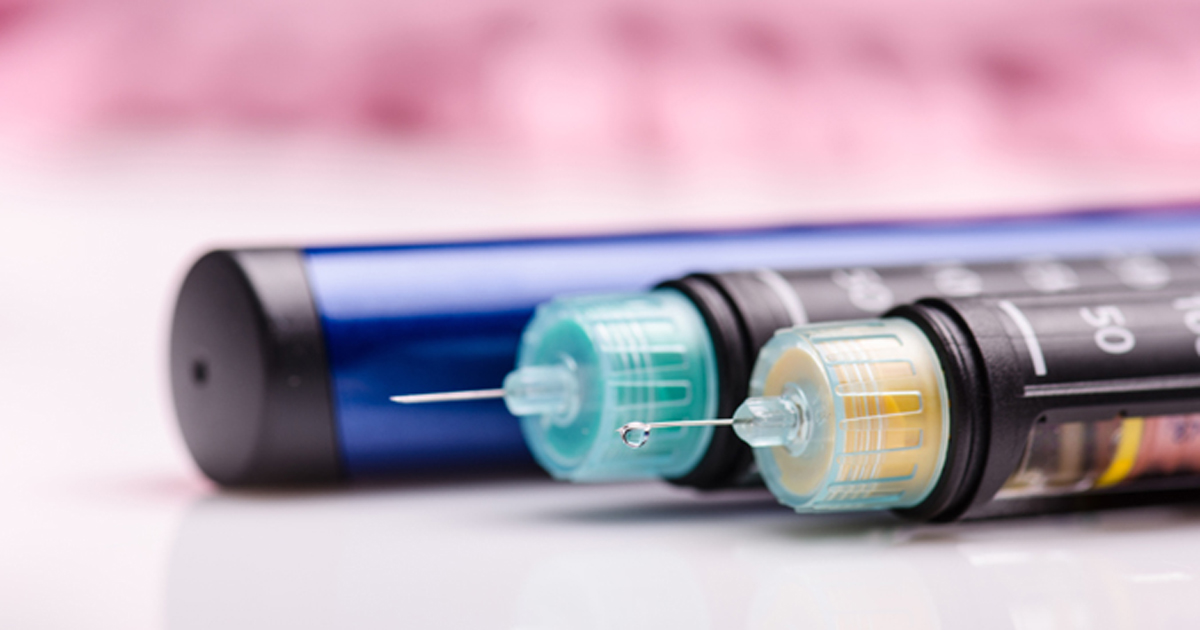Insulin pump therapy benefits lipid profile in childhood type 1 diabetes
Adolescents with type 1 diabetes who use insulin pump therapy have lower levels of LDL and non-HDL cholesterol along with higher levels of HDL cholesterol compared with those who use injection therapy, according to findings published in Diabetic Medicine.
“Although pump treatment has been found to have a beneficial effect on metabolic outcomes and has even been associated with lower cardiovascular mortality, the effect of type of treatment (pump vs. injections) on the lipid profile of children with type 1 diabetes has not yet been investigated in detail,” Ioanna Kosteria, MD, MSc, of the diabetes center in the division of endocrinology, diabetes and metabolism of the first department of pediatrics at the National and Kapodistrian University of Athens Medical School at Aghia Sophia Children's Hospital in Athens, Greece, and colleagues wrote.
Data from the Better Control in Pediatric and Adolescent Diabetes: Working to Create Centers of Reference, or SWEET, database provided Kosteria and colleagues with relevant medical information pertaining to 14,290 children aged 18 years or younger (mean age, 15.39 years; 48% girls). All participants had type 1 diabetes for at least 1 year and took part in medical examinations at study sites in North America, South America, Asia, Australia and Europe, according to the researchers. From the database records, Kosteria and colleagues were able to assess LDL and HDL cholesterol levels as well as insulin delivery preference.
The average level of LDL cholesterol was 2.3 mmol/L for those using insulin pump therapy, who made up 51% of the study population, compared with 2.39 mmol/L for those who used injection therapy (P < .0001). The levels were similar after adjusting for insulin dose (2.38 mmol/L vs. 2.43 mmol/L; P < .0001). Pump users also had a lower average non-HDL cholesterol level compared with injection users (2.7 mmol/L vs. 2.77 mmol/L; P < .0001), even after all adjustments (2.8 mmol/L vs. 2.87 mmol/L; P < .0001). Conversely, HDL cholesterol levels were higher on average for those using pump therapy vs. those using injection therapy (1.55 mmol/L vs. 1.5 mmol/L; P < .0001).

Forty-one percent of the participants who used injection therapy had an LDL level of at least 2.6 mmol/L — which the researchers used to indicate dyslipidemia — compared with 36% of the participants on pump therapy (P < .0001). In fact, pump users were nearly 10% less likely than injection users to have such elevated LDL cholesterol in fully adjusted models that included considerations for insulin dose (OR = 0.906; 95% CI, 0.83-0.99).
Dyslipidemia was alternatively identified by a non-HDL level of at least 3.1 mmol/L, and this measure was reached by 34% of the injection users and 30% of the pump users (P < .0001), with pump users 13% less likely to have dyslipidemia in fully adjusted models (OR = 0.87; 95% CI, 0.79-0.95).
In addition, total cholesterol levels were at least 5.2 mmol/L in 19% of the participants using injection therapy and 16% of the participants using pump therapy (P < .0001) while a lower percentage of pump users had an HDL cholesterol level of 1 mmol/L or less compared with injection users (6% vs. 9%; P < .0001).
“The finding of a favorable lipid profile with pump therapy in this cross-sectional analysis of registry data requires further investigation for potential mechanisms. It is possible that characteristics of children with access to pump therapy are different from those who do not access pump therapy,” the researchers wrote. “Further studies are needed to confirm our observations and explore the potential causes for the relationship observed between pump treatment and favorable lipid profiles.” – by Phil Neuffer
Disclosures: The authors report no relevant financial disclosures.
